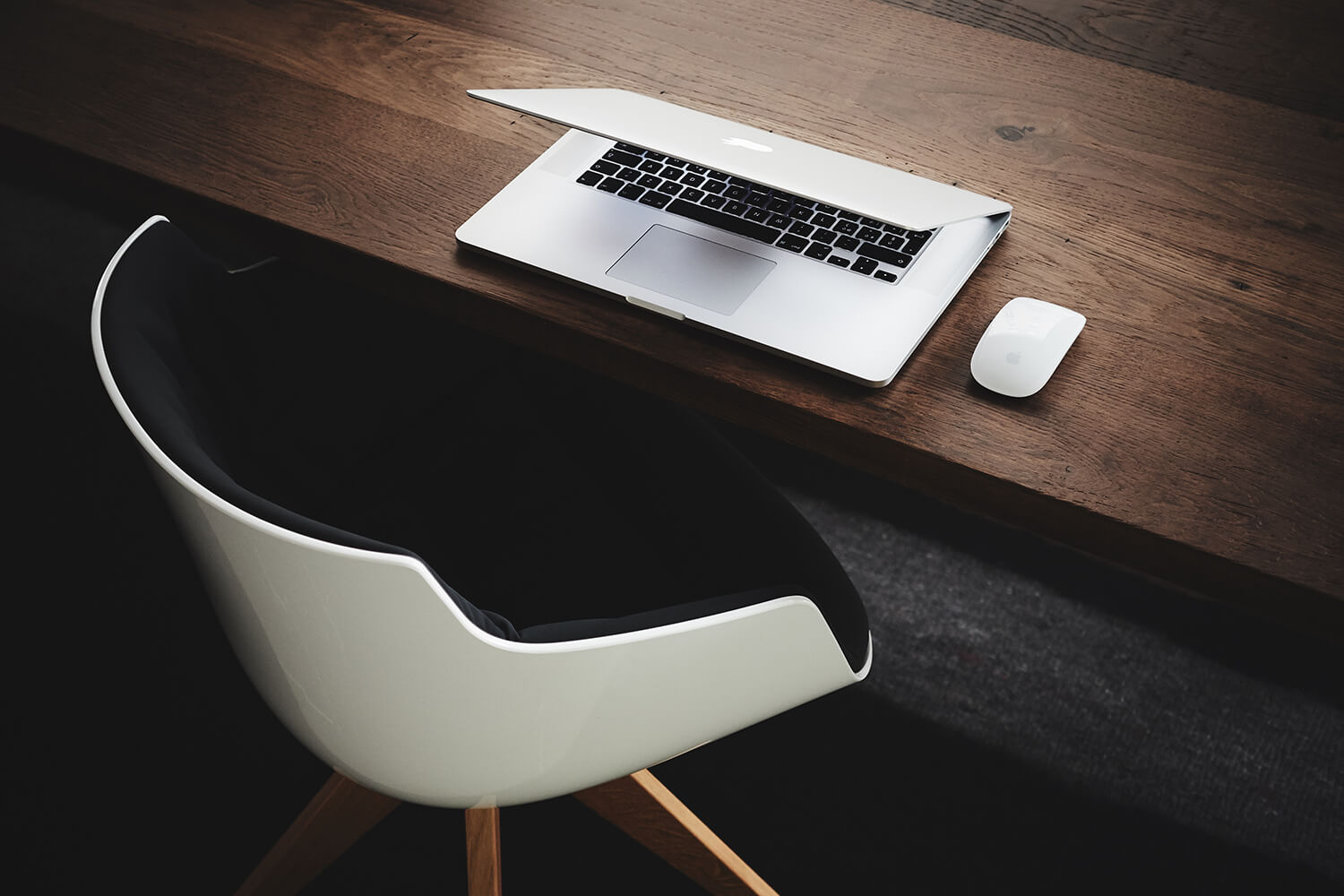Time and time again, coaching clients talk to me about the challenges they face creating boundaries and bring truly ‘off’ in their free time.
This is a phenomenon that has long been a challenge for my clients who run their own businesses, but now I often discuss it with clients who find that, as a result of working from home, they never really feel like they have finished work for the day, and can find themselves drawn in to work tasks at any time.
And then there are those clients who are always working, even if they leave an office and come home at the end of the day. Those for whom work and being constantly busy are a tactic for avoiding something else or a way for them to always feel valuable and valued.
Having time to decompress, reflect on your day and enjoy the other aspects of your life is essential for your mental health. It may be for you that work brings you joy and you are happy with a very busy, pressured working life. But if you are constantly ‘on’ in relation to work and it is affecting other aspects of your life e.g. relationships, your sleep, stress levels and your happiness, it’s time to make a change.
There are simple strategies that you can use to switch on and off from work at appropriate points in the day. It isn’t always easy to do so as our IT systems are designed to be addictive, but with effort, you can start to create new patterns that will serve you better.
Dedicated work space
I have worked from home for a few years and have learned that things like having a dedicated workspace that I can close off when I’m finished, leaving my laptop and work phone out of sight after 5pm. You may have a room that you can use solely as an office, but if not, be sure to clear away your work kit at the end of the working day. Out of sight is out of mind.
Dedicated work time
Decide the hours that you are working and when you are not. And tell your loved ones who can keep you accountable. If necessary, tell clients or co-workers for whom you may have been available at any time that these are your new boundaries. Write them on your email signature.
Dedicated free time
When you are not working, don’t work. You may have thoughts and ideas related to work. Write them down and deal with them in working hours. Don’t look at your phone, the news or emails as soon as you wake up. Take time to meditate, journal or do another activity that will ease you into your day instead of catapult you into work mode.
Be more productive in your working hours
When we haven’t achieved all we wanted to do in the working day, it is easy to just pop onto the laptop in the evening to finish that little bit of work. Use strategies to be at your most productive during the day to avoid this. Look at how you’re spending your time. Can you delegate tasks? Are you being distracted? If so, notice what is distracting you and look at how you can avoid this. Maybe you need to turn off mail, social media and notifications and check in at set points in the day. Maybe you run out of steam after a while and find it difficult to re-motivate yourself. Chunk down work into manageable time blocks and schedule in short breaks throughout the day to do something that will re-energise you.
Reflect on why you are always working
Take some time to consider why you are always busy being busy. Is it because you can’t say no to tasks and the work keeps piling up? Is it that you are avoiding something or someone? Does it make you feel validated? Once we recognise the cause of unhealthy working patterns, we can start make positive change.
If you find it difficult to create boundaries between work and your home life, coaching could help you unpick the challenges and find strategies to move forwards to find the balance you want.
You can book a free 30 minute coaching experience session with me where we focus on one of your challenges and work out the next steps you need to take to move forwards – just click here.


